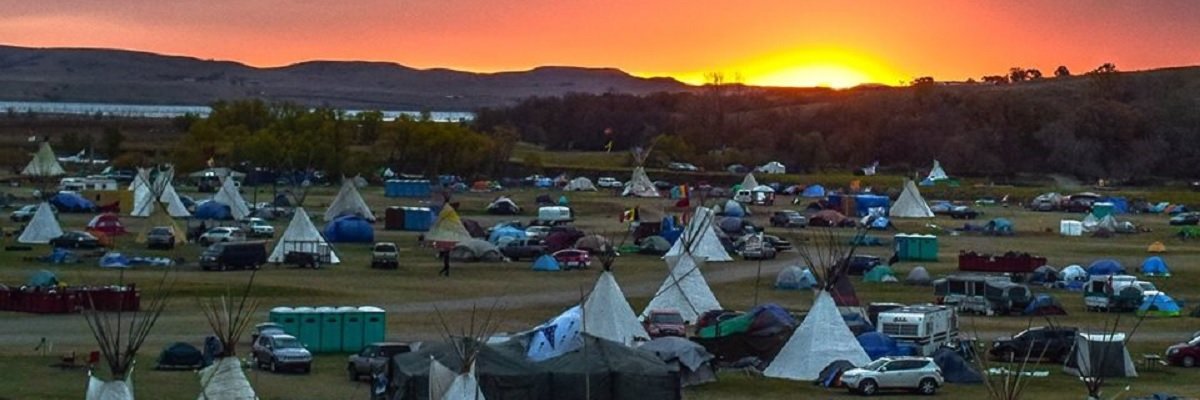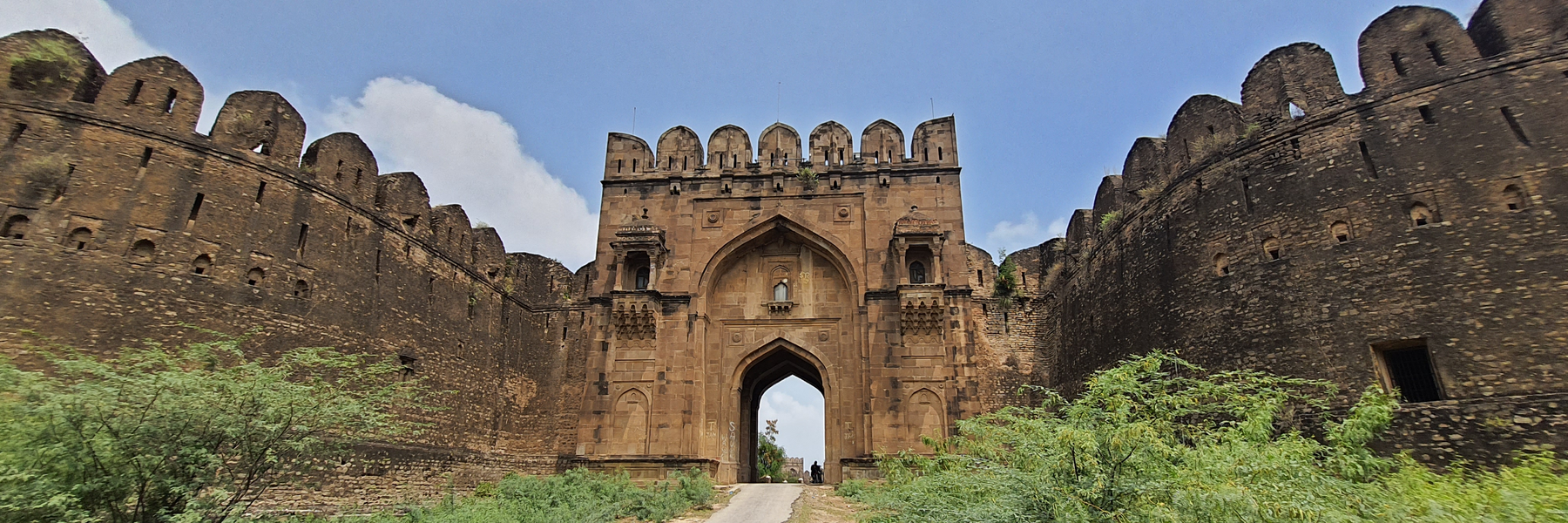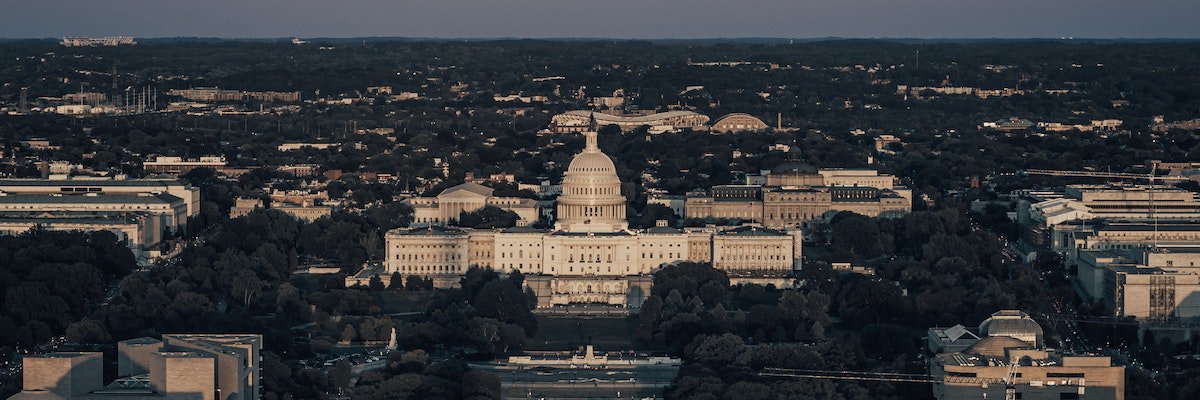When I first began reporting for MuckRock, covering the Standing Rock protests was very high on my list of the topics I wanted to cover - watching the full brunt of the law enforcement apparatus come down on a predominantly indigenous, and entirely non-violent protest, was something that was hard to take one’s eyes off of. Especially when the private security company TigerSwan unleashed dogs on the protesters in early September, and the maulings were captured on live video feeds.
Now we of course know from the Intercept report two weekends ago, TigerSwan characterized their actions as “counter-terrorism,” and called the protest lines a “battleground.” Their surveillance and infiltration was widespread, and is now documented clearly.
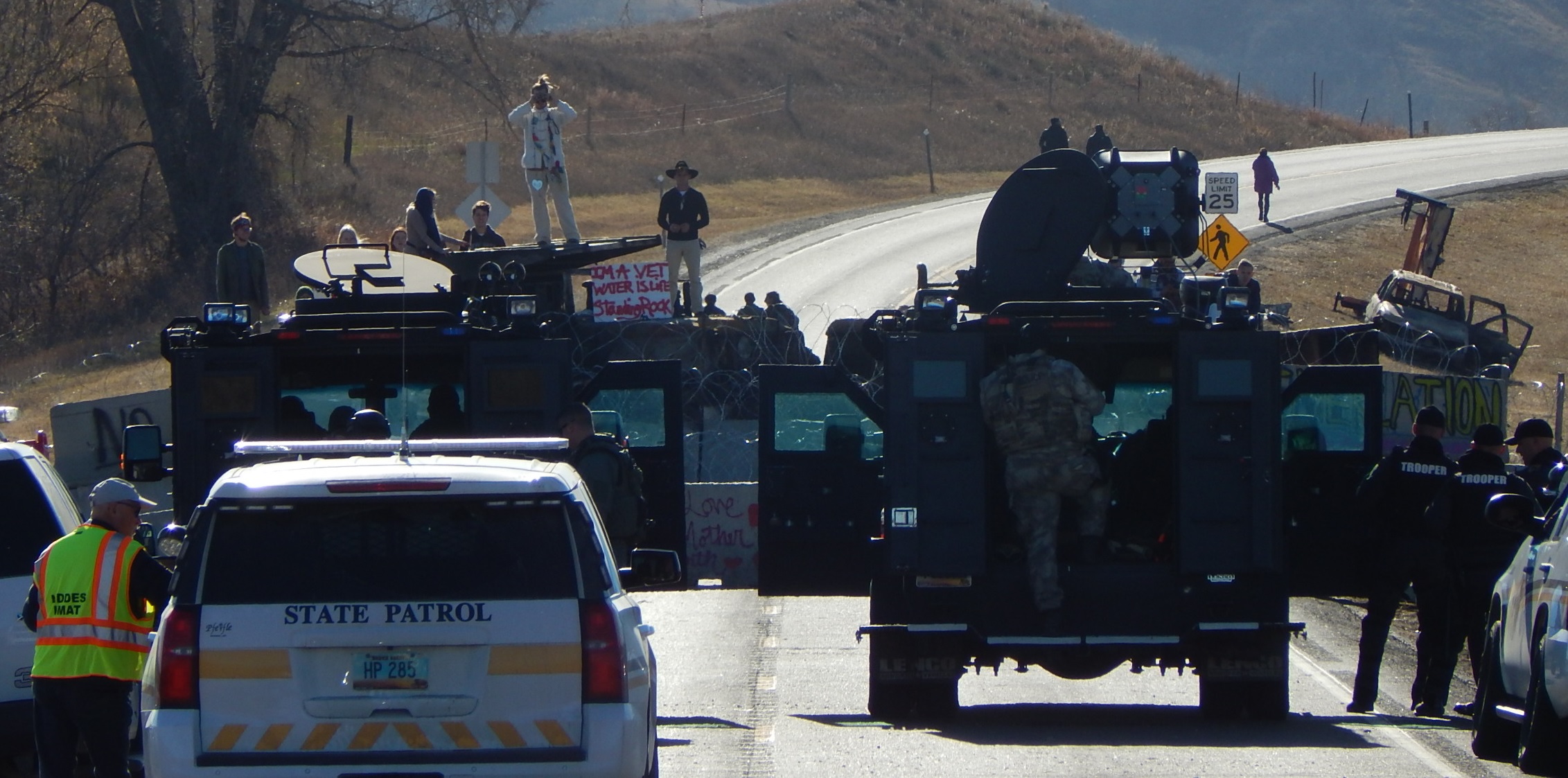
Next came the Emergency Management Assistance Compact (EMAC) which allowed police from all over the west and midwest to pour into southern Morton County, North Dakota, and help suppress the demonstrators. I am not the first to note their likeness to an invading army, which is especially important when we are talking about a people which has a history with the United States government that the Lakota have.
Standing Rock Reservation is populated by Hunkpapa Lakota and other tribes within the Seven Council Fires of the Great Sioux Nation (also referred to as the Oceti Sakowin which is where the encampments at Standing Rock received their name). After the Treaty of Fort Laramie was brokered for the second time in 1868, gold was discovered in the Black Hills. This was a deeply sacred place for the Lakota, and according to the treaty was to be protected and reserved solely for their use. Congress directly violated the treaty by passing an act which removed the Black Hills from the Great Sioux Reservation without the necessary consent, allowing settlers to flow in and exploit the hills for gold and minerals.
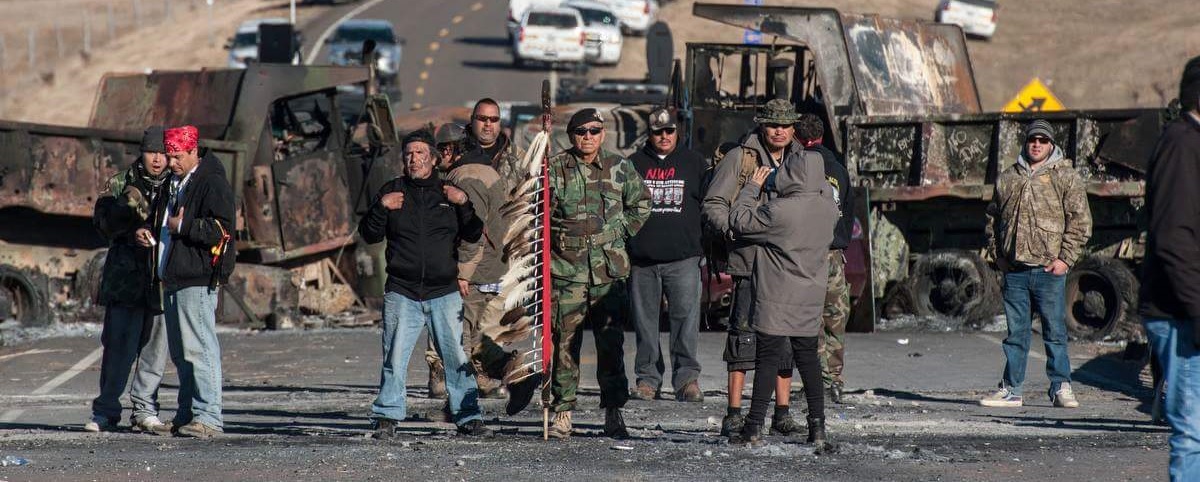
This resulted in years of war between the Lakota and US military, until December 29th 1890 Hunkpapa and Miniconjou Lakota were massacred at Wounded Knee, with many of the casualties women and children. This marked the end of most resistance by the Lakota to US government rule. The list of treaty violations only grew, none receiving much coverage in contemporary newspapers or history books. This history resonates through the events of the #NoDAPL struggle, especially considering that Lake Oahe, which DAPL is routed under, was the site of one of four dams along the Missouri River which caused massive displacement and environmental damage on 23 Reservations in the ’50s and ’60s.
On the night of November 20th 2016 at a barricaded police line on North Dakota Highway 1806, the nonviolent protest reached a boiling point with rubber bullets being fired blindly into the crowd, tear gas and pepper spray so thick it resembled a war zone, and perhaps the most aggressive use of force by police in the entire ordeal: water cannons in subzero hypothermia conditions.
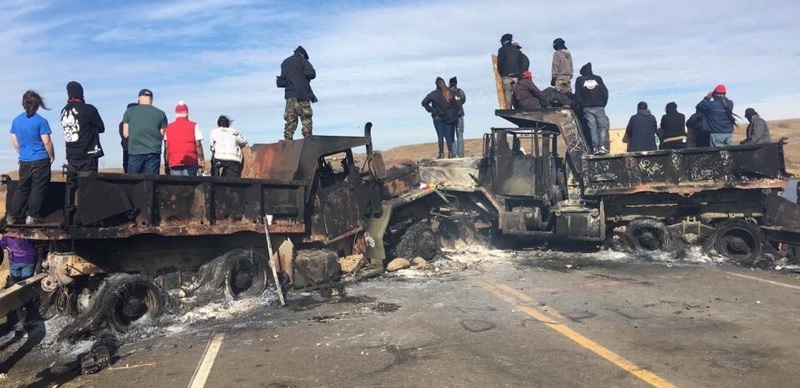
MuckRock began receiving pertinent documents about a month after that, and what we found did nothing to reassure us. Emails detailing plans by the Wyoming Highway Patrol and other law enforcement agencies from around the country to study and learn from the way law enforcement dealt with the protest. Lists of equipment that North Dakota had requested-this included AR-15 assault rifles, shotguns, chemical munitions launchers, a thermal imaging camera, night vision goggles, spotting scopes for sniper rifles which we confirmed were overlooking the protest via photos uncovered by MuckRock contributor Emma Best, and that is far from a complete list.
We also reported on North Dakota’s then-governor at the time Jack Dalrymple requesting that EMAC responders bring men with active shooter training and less lethal weapons like pepper ball launchers. Furthermore, we also brought the tremendously high cost of all of this to light - North Dakota spent about $90,000 a day just to have the Dane County Sheriff’s Office (from Wisconsin) at Standing Rock.

With help from a grant given to me by the Fund for Investigative Journalism, I will have the opportunity to travel to both North and South Dakota beginning this Friday the ninth of June, to speak with victims of this police violence and hear their stories, gather a more complete picture of the tactics used against them, and learn about the aftermath of what this trauma wrought. I will also be speaking with law enforcement to attempt to understand their choices and actions.
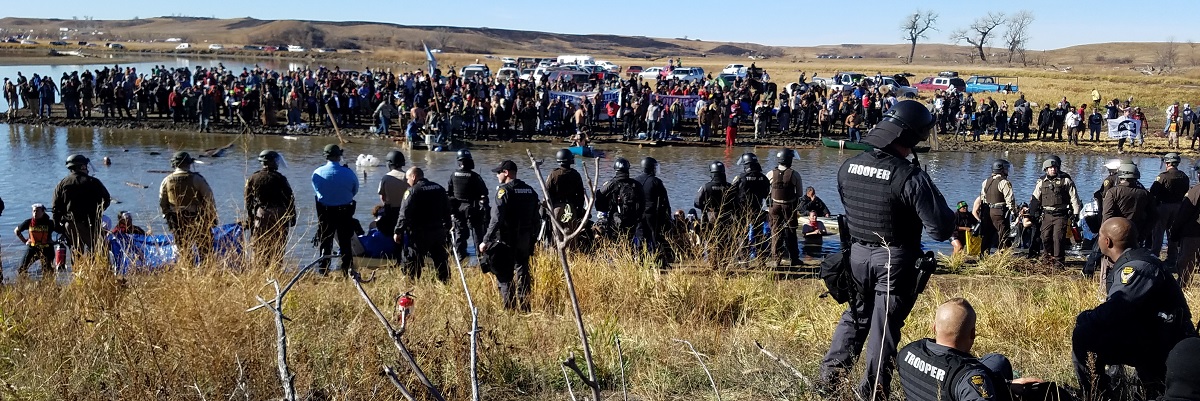
If you know anyone in either of the Dakotas that would be willing to speak with me, or have any tips, you can email me at curtis@MuckRock.com, or DM me on Twitter.
I am looking forward to sharing what I find, and revealing these stories from a region of the country that in my opinion does not receive the coverage it deserves.
Image via No Spiritual Surrender
